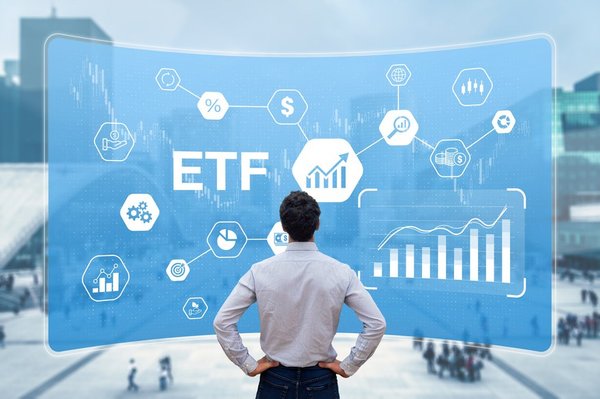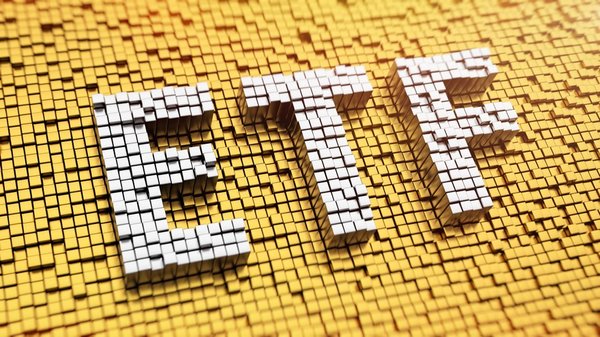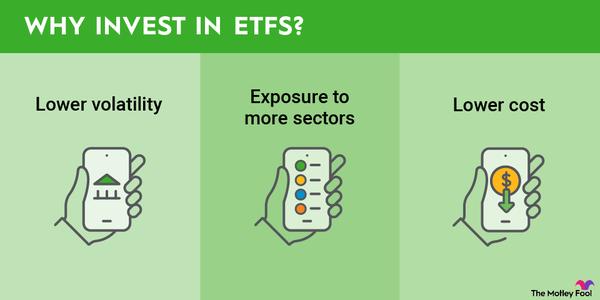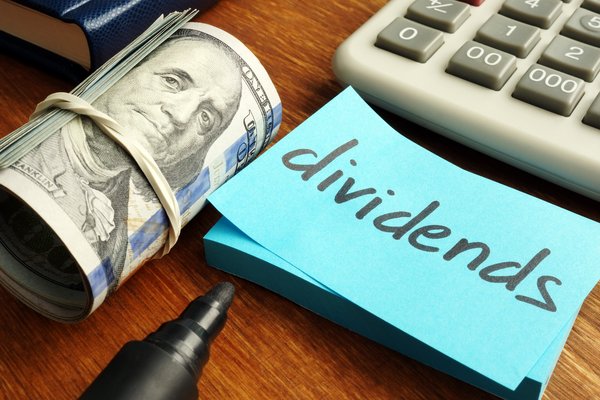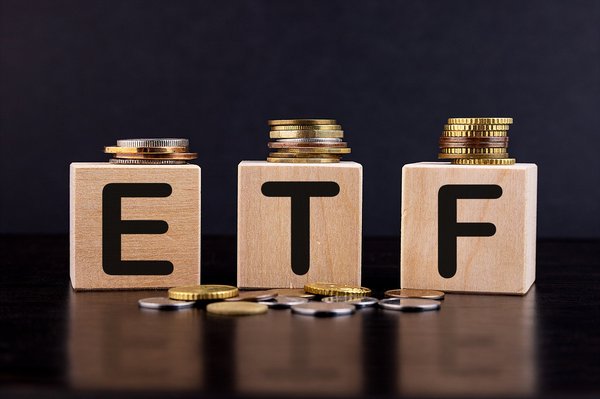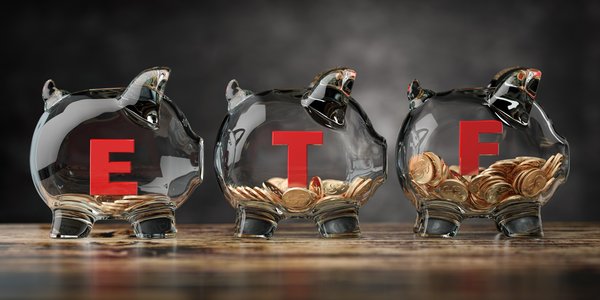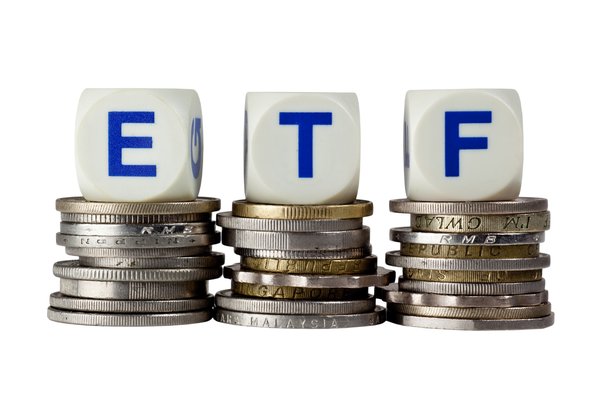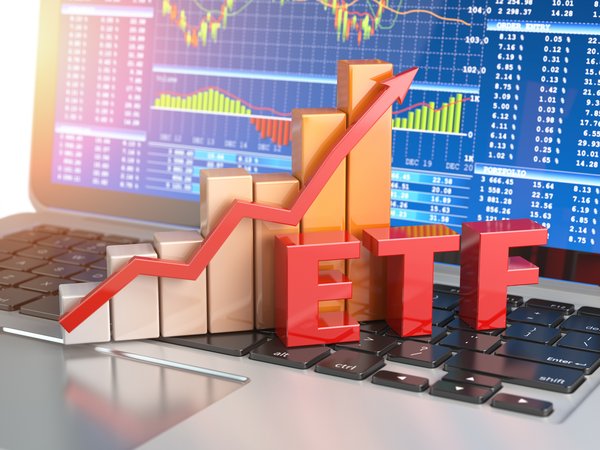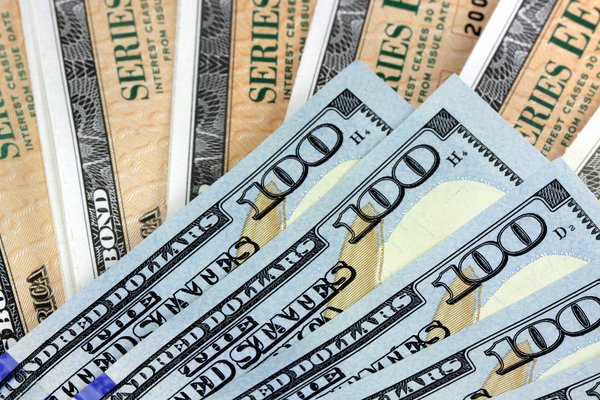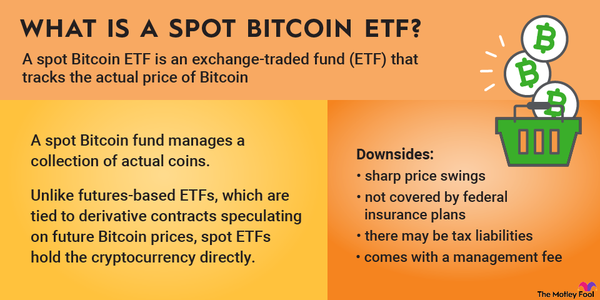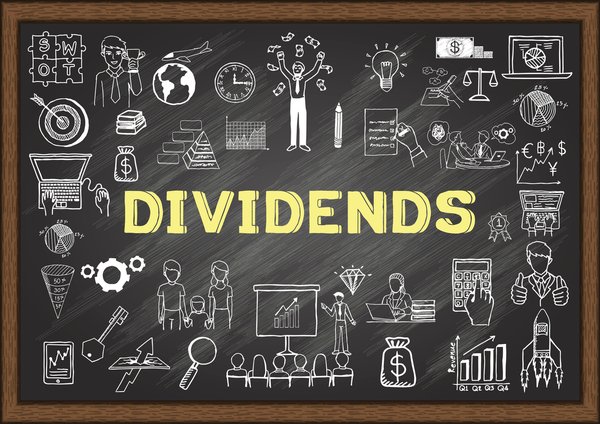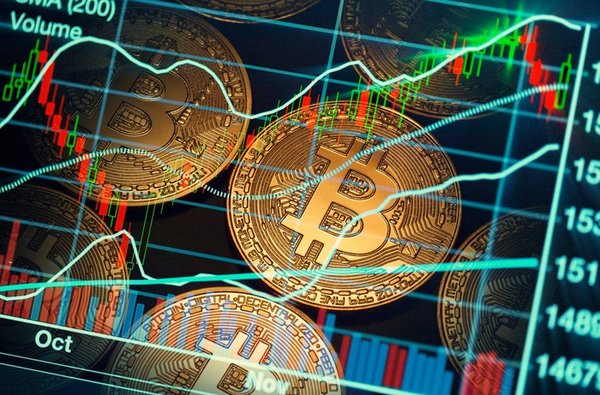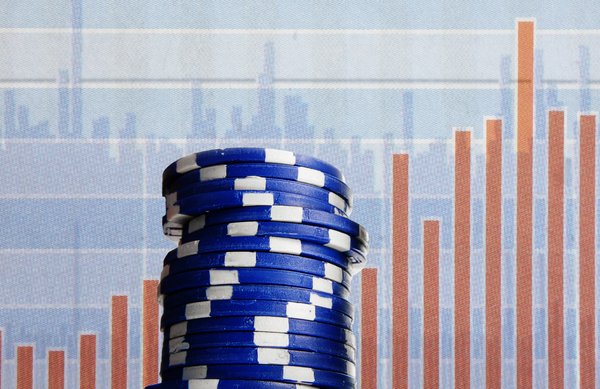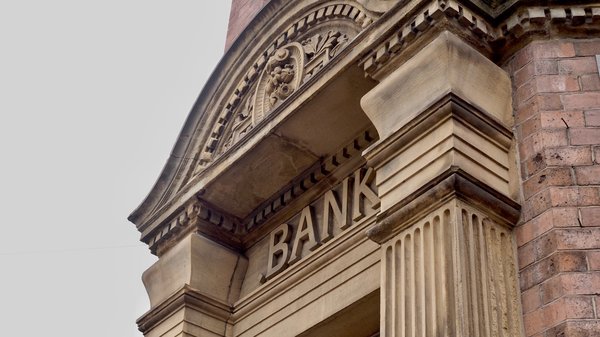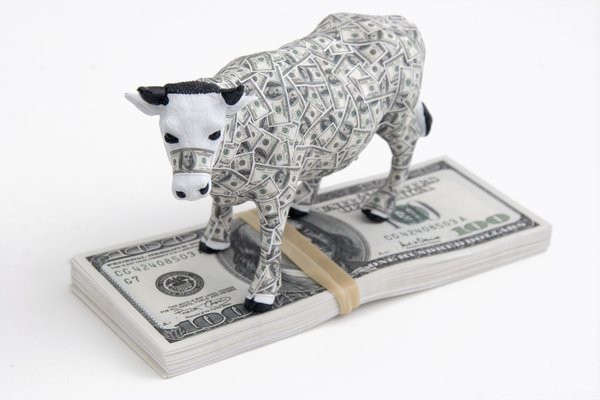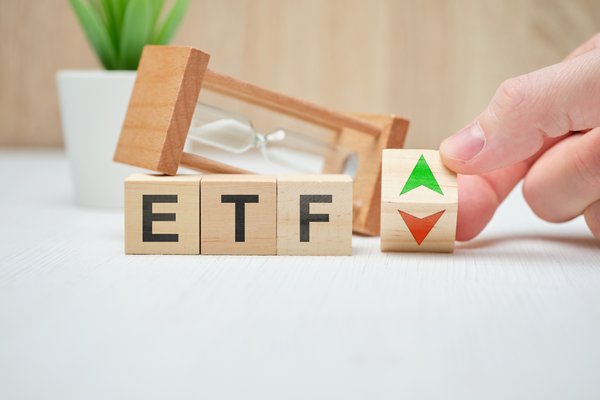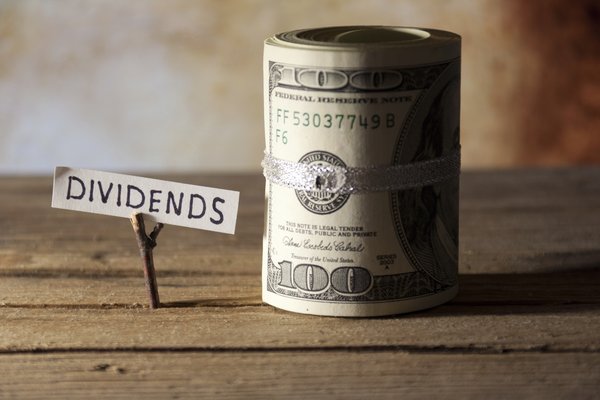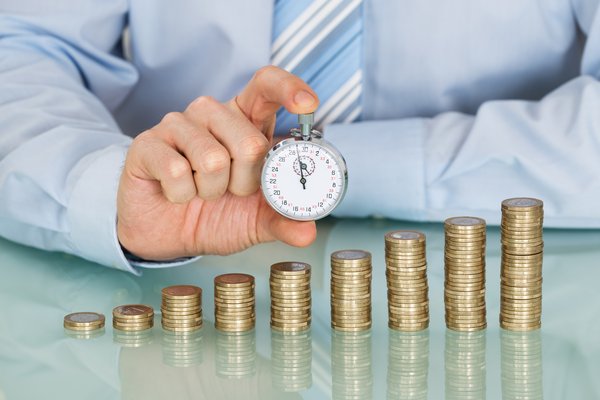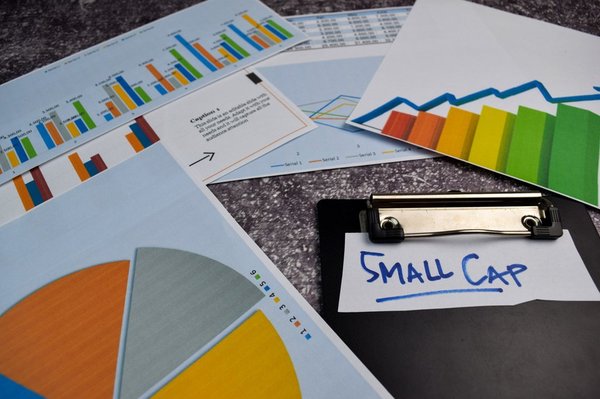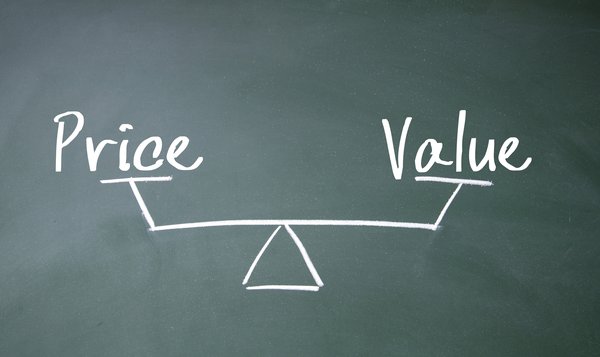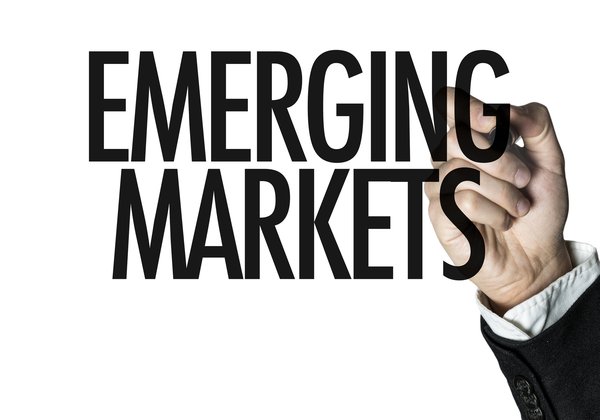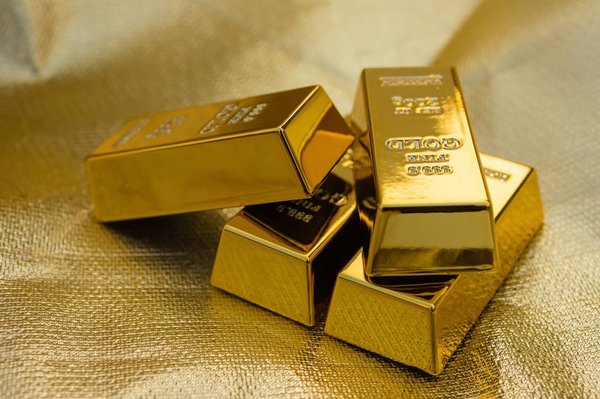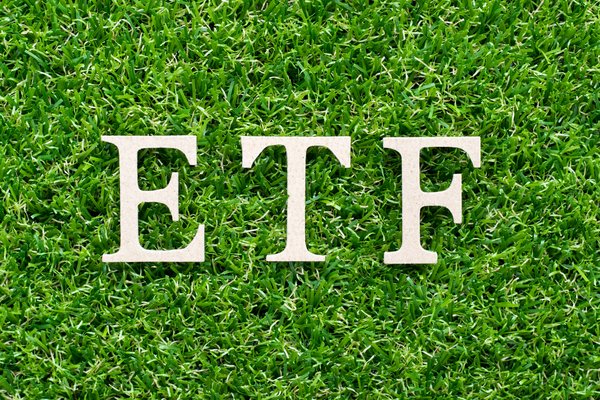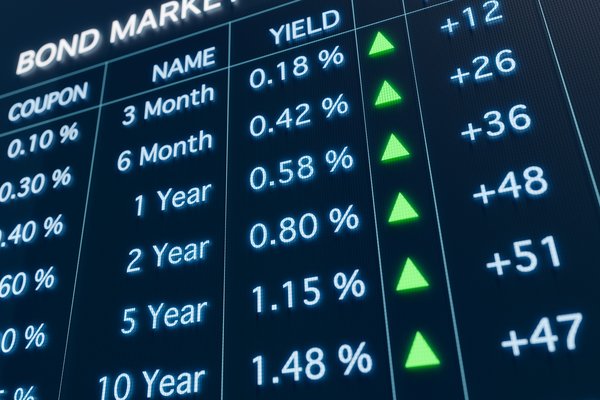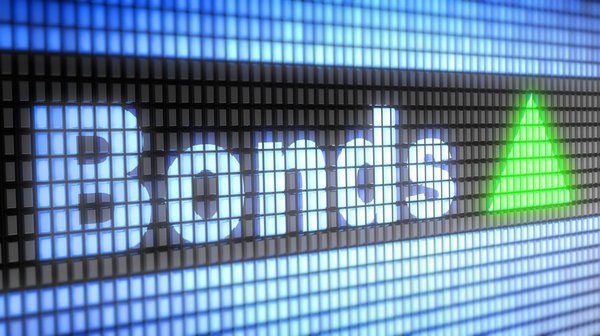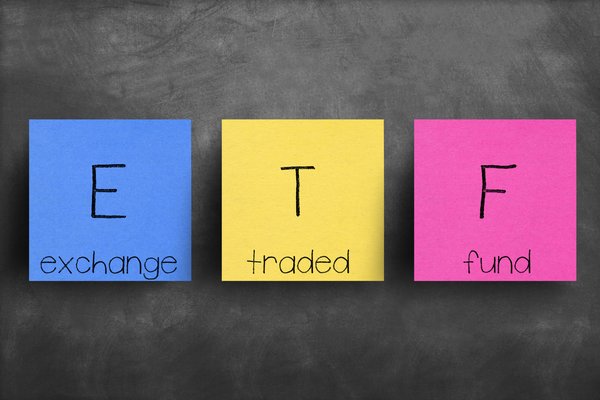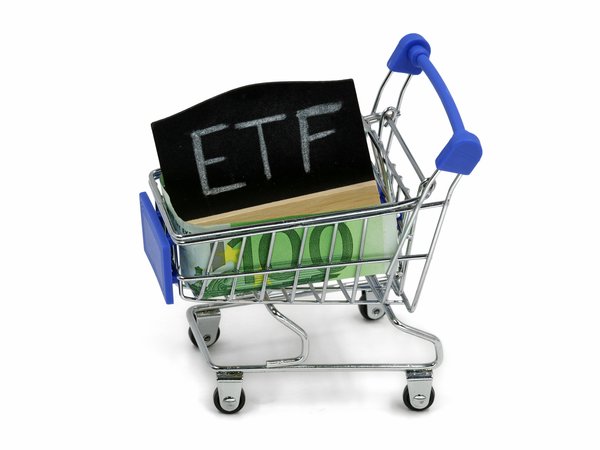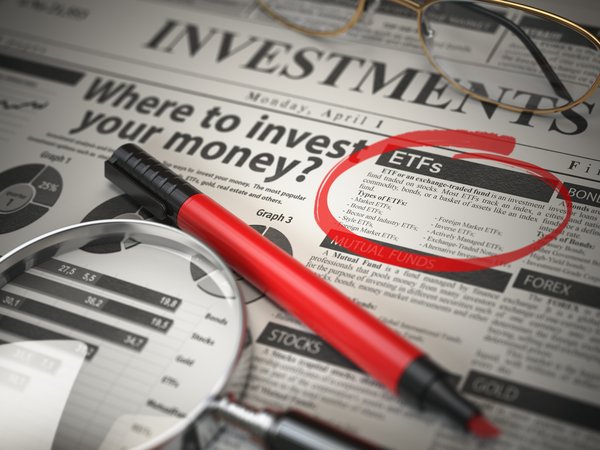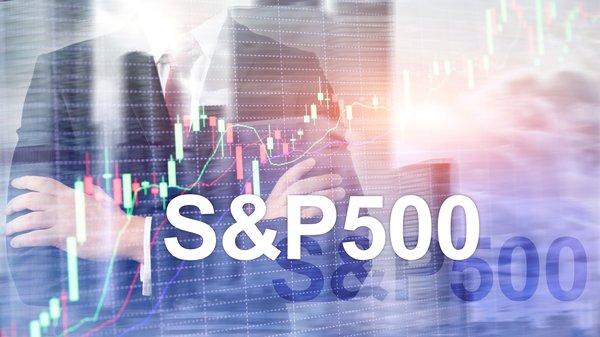Low-cost exchange-traded funds (ETFs) offer investors a cost-effective way to get diversified exposure across various companies and investment themes. That’s a significant plus because it’s not always easy for the average investor to replicate the level of diversification that ETFs provide.
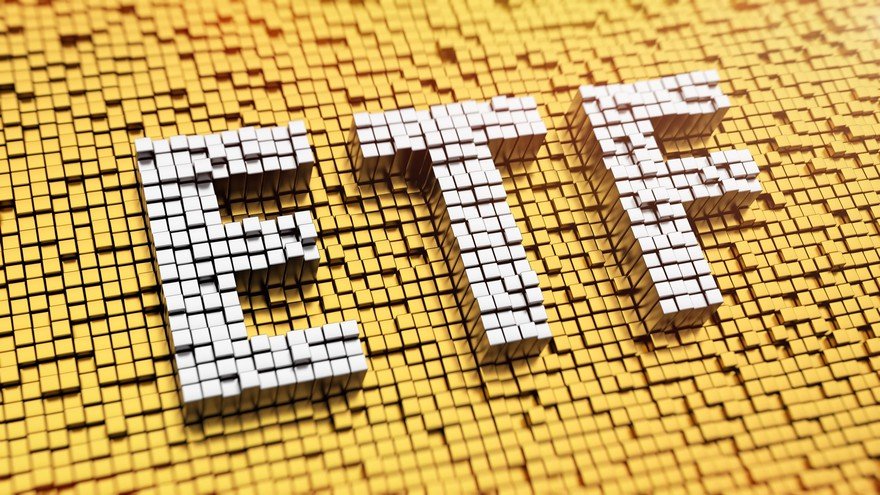
Best low-cost buys
Best low-cost ETFs to buy now
This list is intended to give investors some new ideas. In addition, I’ve included a range of ETFs to suit the needs of different investors and what they might be looking for to fill a gap in their portfolio.
All the low-cost ETFs listed are from credible investment companies and have a good amount of assets under management (AUM). Of course, plenty of ETFs have a small amount of AUM and/or a low market price, but that’s not what makes an ETF cheap. Instead, investors should focus on something called the expense ratio.
ETFs can be actively or passively managed, but usually, passively managed ETFs have far lower expense ratios. The expense ratio is the fund's management fees divided by the ETF’s assets and is expressed as a percentage.
Don’t underestimate the importance of a low expense ratio. Over time, it can have a huge impact on returns. In case you are wondering, the difference between return and total return is that the latter assumes reinvestment of dividends -- an important distinction I will get into later.
| ETF | Expense ratio | Net assets | 10-year return | 10-year total return | Characteristic |
|---|---|---|---|---|---|
| Vanguard S&P 500 ETF (NYSEMKT:VOO) | 0.03% | $1.37 trillion | 188% | 244% | Tracks the S&P 500 index. |
| Vanguard Dividend Appreciation Index Fund ETF (NYSEMKT:VIG) | 0.06% | $106 billion | 142% | 195% | Tracks the S&P 500 Dividend Growers Index. |
| Vanguard Intermediate-Term Corporate Bond Index Fund (NYSEMKT:VCIT) | 0.04% | $50.8 billion | (7%) | 30% | Tracks the Bloomberg U.S. 5–10 Year Corporate Bond Index. |
| Invesco DB Commodity Index Tracking Fund (NYSEMKT:DBC) | 0.85% | $1.39 billion | 18% | 35% | Gives exposure to a broad range of commodities. |
| VanEck Gold Miners ETF (NYSEMKT:GDX) | 0.51% | $13.9 billion | 85% | 104% | Tracks the NYSE Arca Gold Miners Index. |
1. Vanguard S&P 500 ETF
This ETF closely tracks the benchmark S&P 500 index. As such, it’s an excellent low-cost way to park money if you are bullish on the market overall and aren't inclined to pick individual stocks or sector ETFs. It’s a highly liquid instrument, so investors can dive in and out and put money to work as they see fit in their portfolio.
2. Vanguard Dividend Appreciation ETF
Investors who subscribe to the theory that companies that are growing their dividends tend to produce better returns will like this ETF. It aims to track the S&P 500 Dividend Growers Index. The index includes U.S. stocks that have increased their dividends for at least 10 years but excludes the top 25% of companies with the highest dividend yield. The idea is to avoid low-growth (and low dividend growth) cash cow-type companies in favor of companies that are growing earnings and dividends over time.
As you can see from the total returns figure in the table above, reinvesting dividends makes a significant difference. While the strategy did not outperform simply buying the S&P 500 (using the ETF above), there’s no reason why it won’t work in the coming decade.
3. Vanguard Intermediate-Term Corporate Bond Index Fund
It’s difficult for retail investors to get diversified exposure to investment-grade corporate bonds. Still, this low-cost Vanguard offering lets them do that. The ETF tracks the performance of the Bloomberg U.S. 5–10 Year Corporate Bond Index. It’s an index of U.S. investment-grade corporate bonds with debt maturities between five and 10 years.
Although the performance outlined in the table above is distinctly underwhelming, it’s essential to recognize that different asset classes will generate varied returns over changing market conditions. For example, as market interest rates rise, corporate bond prices tend to fall because investors demand higher yields from bonds.
However, the reverse tends to be true: If market interest rates fall, bond prices rise. So, if you think rates are headed lower, then this relatively safe corporate bond ETF is worth picking up.
4. Invesco DB Commodity Index Tracking Fund
Commodities are another asset class that’s not always easy to get diversified exposure to. That’s why looking at Invesco’s ETF tracking the DBIQ Optimum Yield Diversified Commodity Index sense. In plain English, the ETF invests in a basket of commodity futures.
Energy looms large in this ETF, with more than 50% of its holdings in gasoline, crude, and heating oil. However, gold, sugar, soybeans, and corn contribute more than 5% each, respectively, closely followed by zinc, aluminum and copper.
The ETF’s performance over the last decade is unimpressive, but the comparison is difficult considering that energy prices have risen significantly over that period. That said, it's very hard to predict where commodity prices are headed and if you want exposure to commodities to hedge some risk elsewhere in your portfolio, then this ETF is a smart buy.
5. VanEck Gold Miners ETF
Finally, for investors worried about the direction of the global economy or who just want to diversify with a noncorrelated asset class, it’s worth looking at a gold ETF. In this case, the VanEck Gold Miners ETF. It invests in a portfolio of the largest gold mining companies. Given that they tend to be priced in line with their assets (gold reserves), the ETF offers upside exposure to the price of gold.
While the ETF may seem a bit expensive in terms of expense ratio compared to other gold ETFs, it invests in the miners themselves and so is backed by a physical asset. As such, buying into it eliminates the worry over whether the ETF holds physical gold, merely a derivative in gold, or a combination of the two.
Related investing articles
ETFs to buy in 2025
ETFS to buy in 2025
These low-cost ETFs were chosen because each offers investors something different. As such, they can work together as part of a diversified portfolio and fill in a gap in an existing portfolio by replicating the performance of an index or asset class. Whether you want broad-based exposure to equities or dividend equities, bonds, commodities, or gold, there’s an ETF on this list for you.
FAQs
Frequently Asked Questions
What is the least expensive ETF?
The Vanguard S&P 500 ETF is the least expensive ETF on this list in terms of expense ratio and offers a cost-effective way to get exposure to the index.
Which is a low cost for an ETF?
A low-cost ETF can be roughly defined as one with a lower expense ratio than an actively managed fund in the same asset class. As a rough estimate, an expense ratio of below 0.5% is a decent assumption for an equity or bond ETF.
How much do I need to invest in an ETF?
The simple answer is whatever you feel comfortable investing with and makes sense from a transactional cost perspective. ETFs are bought and sold on exchanges, just as equities are.







